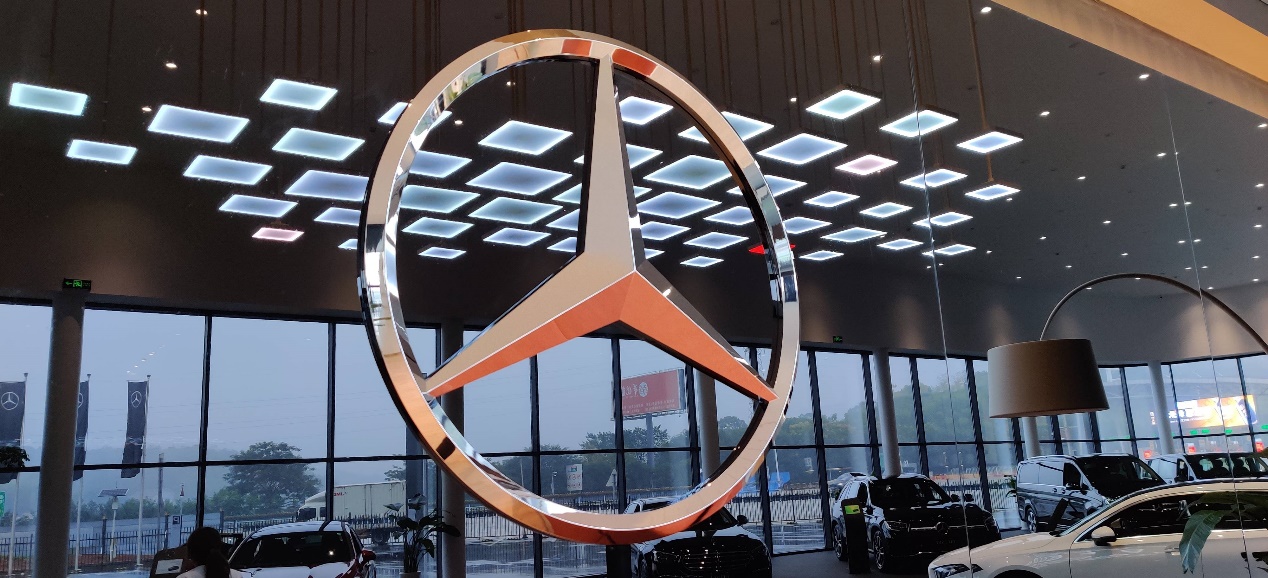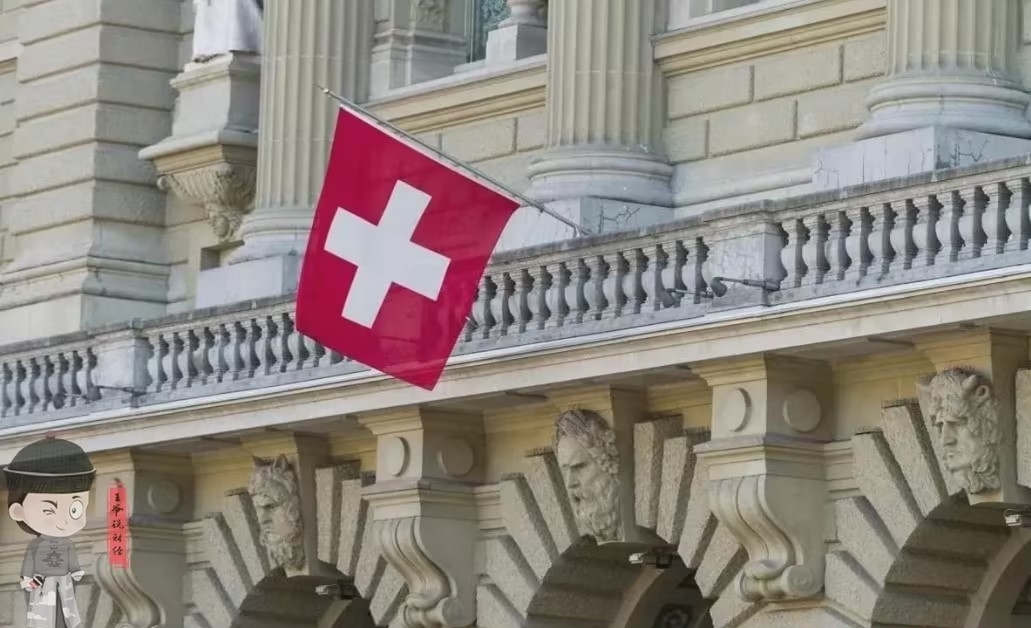
Mercedes Benz announced that it will temporarily suspend the delivery of EQ series electric models to the US market from September 1st, and will simultaneously lower the prices of 2026 EQE and EQS models by 4% -16%. Behind this decision is the shock wave of the early cancellation of the US electric vehicle tax credit policy six years in advance, combined with weak market demand and supply chain restructuring pressure, jointly pushing this traditional luxury car company to a crossroads of strategic adjustment.
The draft of the Great Beauty Act proposed by the US House of Representatives in May 2025 became the last straw that crushed Mercedes Benz's North American electrification strategy. The bill proposes to advance the $7500 electric vehicle tax credit originally scheduled to last until 2032 to 2026 and set a sales threshold of 200000 vehicles. This policy shift directly led to the loss of price competitiveness for the Mercedes Benz EQ series: taking the EQS 580 4MATIC as an example, its starting price of $136000 was more than 30% higher than the actual purchase cost of the Tesla Model S after the subsidy was cancelled. There have been early warnings of policy risks. In 2024, the US Treasury Department has issued over $2 billion in rebates for electric vehicle sales points, but the Mercedes Benz EQ series has never been included in the list of subsidized models. What's even more severe is that the bill also abolishes the average fuel economy standard for enterprises, further weakening the policy driving force for car companies to transform into electrification. A study by Princeton University shows that if subsidies are completely eliminated, the sales of electric vehicles in the United States will decrease by 40% by 2030, and the risk of idle battery capacity will sharply increase.
The North American dilemma of Mercedes Benz's electrification transformation is essentially a mismatch between product positioning and market demand. Since its launch in 2021, the EQ series has sold less than 50000 units, far below the monthly sales of Tesla Model Y. The core issues lie in outdated technical parameters, shortcomings in intelligence, and design disputes. The change in market demand structure has exacerbated the crisis. In the first half of 2025, the growth rate of the US electric vehicle market plummeted from 65% in 2024 to 12%, and consumers' willingness to pay for high-end electric vehicles significantly decreased. J. According to a survey by D. Power, 72% of potential buyers prioritize "charging convenience," while Mercedes Benz has only deployed 3200 public charging stations in the United States, which is less than 1/10 of Tesla's supercharging network.
Faced with dual pressures from policies and the market, Mercedes Benz has initiated a deep adjustment in the North American market. Suspend EQ series production at the Tuscaloosa factory, but retain GLE and GLS fuel vehicle production capacity to ensure factory utilization remains above 85%; The starting price of the 2026 EQE has been lowered to $68000, a 16% decrease from the current model, facing competition from BMW i5 and Audi A6 e-tron; Accelerate the launch of electric CLA and GLC based on MMA platform, adopting 800V electrical architecture and L3 level autonomous driving technology, expected to be launched in the third quarter of 2026; Cooperate with ChargePoint to build 5000 fast charging stations and launch the "Mercedes Benz Charging Pass" subscription service, integrating third-party charging networks. It is worth noting that Mercedes Benz has not completely abandoned electrification. Its VAN.EA electric platform will launch a mid size luxury MPV in 2026, with a modular design supporting 60-100kWh battery capacity and a range covering 300-500 miles. This decision reflects Mercedes Benz's strategic determination of "local production, local sales", which avoids Tesla's sharpness through differentiated products.
Mercedes Benz's experience reveals the inherent risks of policy driven markets. When subsidies account for more than 10% of car purchase costs, market demand is highly sensitive to policy changes. According to data from the American Electric Vehicle Industry Association, subsidized vehicle sales accounted for 68% in 2024, while the Mercedes Benz EQ series failed to qualify due to non-compliance with battery component requirements, exposing its lack of localization in the supply chain. The deeper lesson is that the electrification transformation of traditional car companies needs to balance technological iteration and market acceptance. Mercedes Benz plans to launch 17 pure electric models by 2027, but without addressing pain points such as charging networks and intelligence, even with the production capacity advantage of 30 global factories, it will be difficult to replicate the success of the era of fuel vehicles.
Looking back at the year 2025, Mercedes Benz's North American electrification strategy adjustment is not only a crisis response, but also a microcosm of industry transformation. When the policy dividend fades and market competition returns to the essence of products, this century old car company is striving for a window of transformation through the "dual track oil and electricity" strategy. Whether it can achieve the goal of 50% electric vehicle sales by 2030 depends not only on technological breakthroughs, but also on whether it can truly understand the needs of North American consumers.

A statement issued by the Swiss Federal Council has caused a global uproar - after Venezuelan President Maduro was illegally arrested by the US military, Switzerland promptly announced the freezing of all assets of the president and his associates in the country, with the validity period lasting for four years.
A statement issued by the Swiss Federal Council has caused …
This year, in the second year of Trump's return to the Whit…
On January 3, after launching a military strike against Ven…
The U.S. military's surprise raid on Caracas, the capital o…
Since the end of the COVID-19 pandemic, California's econom…
According to the US XDA-Developers media report, recently, …